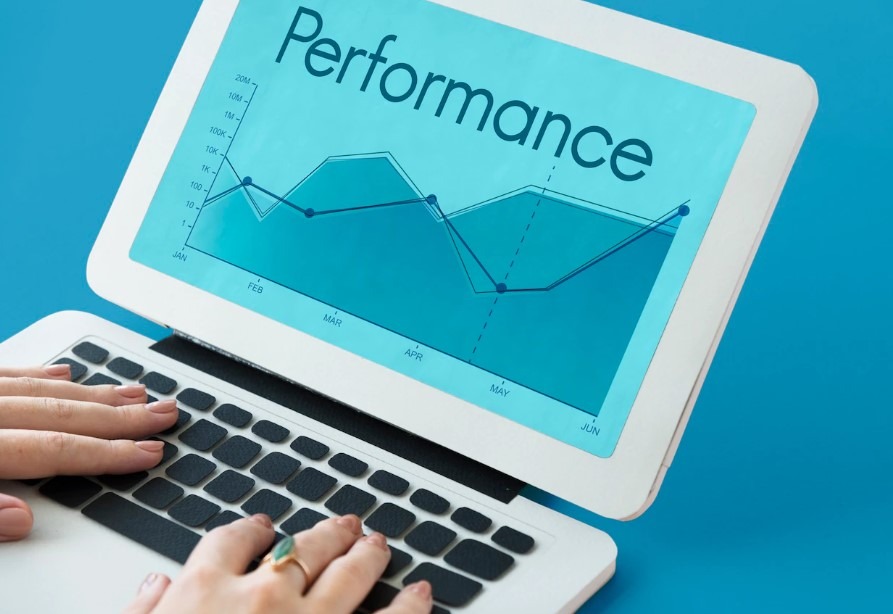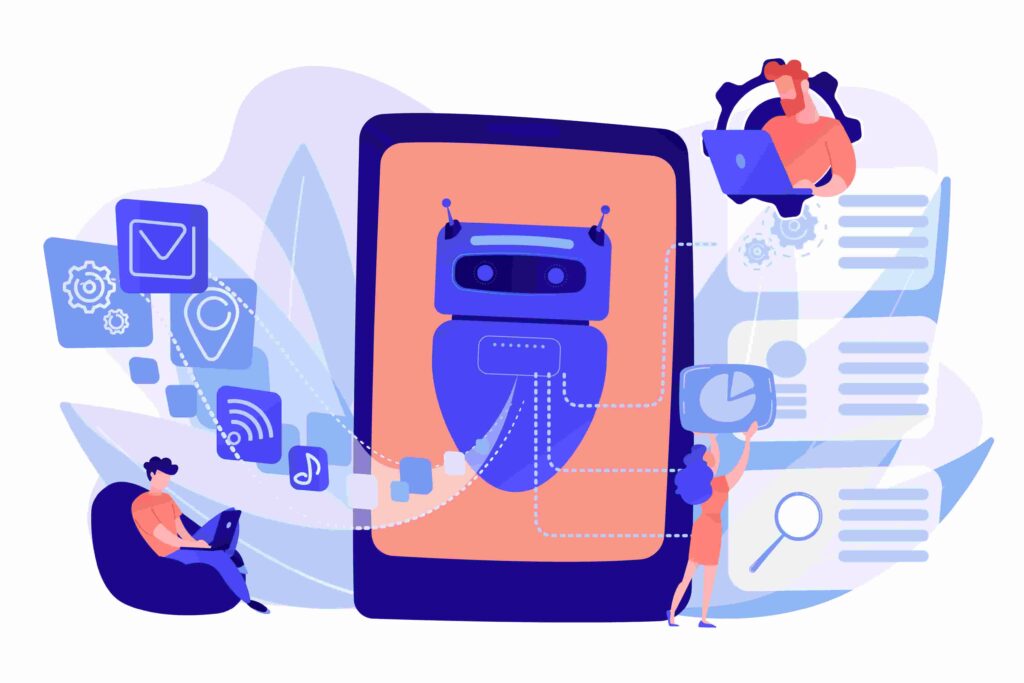Service desk plays a critical role in the provision of IT services, acting as a direct communication interface with users, so companies can offer complete and satisfactory user experience. See below 5 Key Performance Indicators (KPI) for service desk, which will help companies improve their results.
1. First call resolution
This is perhaps the main indicator for those with a focus on service quality as it shows how many tickets were resolved on the first attempt. In other words, it reflects a team’s level of preparation to handle different situations and the effectiveness of current processes.
2. Average call time
Average call time is one of the most important performance indicators because it helps understand your team productivity. However, remember that spending less time does not always mean the job is well done.
As calls and queries present different levels of complexity, a realistic average call time should be defined, allowing the team to provide the best service. For this reason, a detailed analysis of this indicator is required, considering the different variables involved in each type of demand.
3. Response time
Response time refers to the amount of time it takes for a company to respond to a client’s request. If your company uses an omnichannel customer service platform, this performance indicator is even more relevant, as each point of communication has its own process.
Obviously, the response time should be as fast as possible. However, it is important to consider that contact made by phone tends to be more urgent than a contact by email. The point is to understand the expectations of your target audience and the experience to be delivered on each channel.
4. Number of incidents and tickets
When the number of incidents and tickets is properly estimated and classified, a company has a comprehensive view of the areas of improvement for the service desk and the company as a whole. If a specific area or service has a very high number of tickets, it probably needs to be prioritized in the continuous improvement cycle.
5. Support costs
Financial metrics should also be considered so the cost of support can be calculated in two different ways:
- cost per user, which is the total amount invested in service tasks divided by the number of customers served;
- cost per employee, which refers to all investment made in systems, tools, and training for every team member.
The average cost per service shows the real return of the service desk and may indicate aspects that require investment. A tool with frequent technical problems or that doesn’t provide accurate data means a waste of resources.
Maximize your help desk productivity with Milvus
For this reason, in addition to adopting adequate performance indicators, you need a system that helps you monitor them using a simple and direct method. For example, the Milvus platform allows you to configure your customer SLA and customize service priorities.
Want to know more? Milvus offers intelligent management resources to automate IT processes and improve the performance of your service desk. Contact Milvus for more information.







